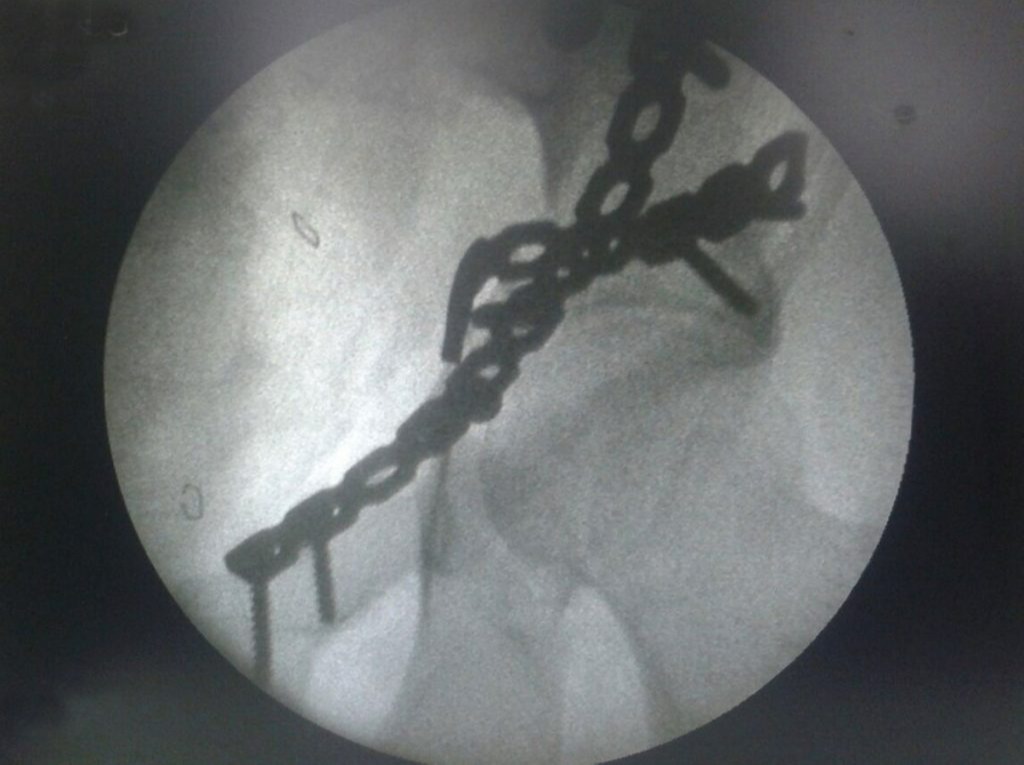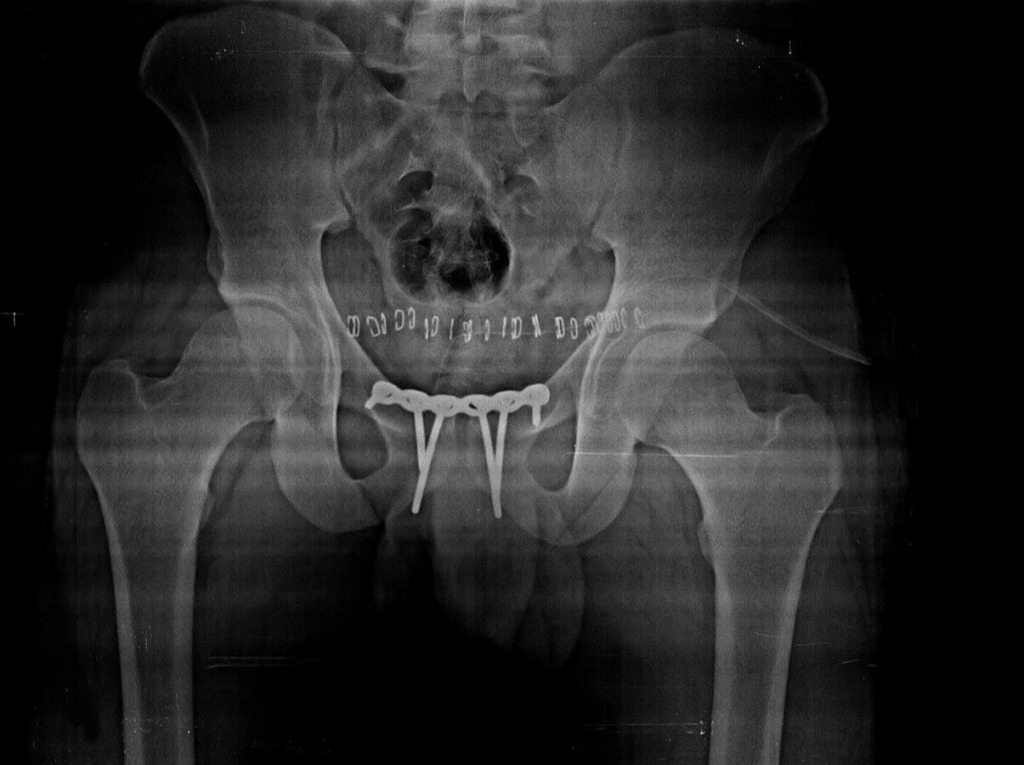Pelvic and Acetabular Surgery
Pelvic and acetabular fractures are major injuries caused by a traumatic injuries such as a motor vehicle accident or a fall from height. The pelvic and acetabular regions are mechanically important to the human body and adjacent to important anatomic structures. An injury sustained to these areas is inherently dangerous.
Therefore, pelvic and acetabular fractures should be treated by surgeons with expertise operating in these injuries. Dr. Abhay Chhallani has extensive experience in the treatment of pelvic and acetabular fractures.
In addition, some elderly patients with fragile bones due to osteoporosis develop pelvic and acetabular fractures from a lower impact fall. These structures are the central foundation of the skeleton and when they are injured, it can become a potential source of long-term.
Pelvic fractures may occur at any location of the bones depending on the nature of the accident and the areas of impact. Pelvic and acetabular structures are complex.
The pelvis rests on the hip joint and is made up of several bones (ischium, ileum, and pubic bones) which together meet in the front and the lower end of the spine at the back (sacrum). The bones of the pelvis support the upper body’s weight with the help of ligaments and muscles. The pelvis protects abdominal organs, including the intestines and the bladder, as well as major nerves and blood vessels.
The acetabulum is a component of the pelvis forming part of a hip joint. The acetabular is the “socket” of the hip joint, and a fracture occurs when this socket is broken.
Diagnosis and Treatment
Various sources are used to help in developing a treatment plan for these types of fractures. Thorough physical examination, X-rays, and CT scans are needed to confirm the diagnosis and determine the final plan of treatment. If bone displacement and incongruity have damaged the pelvis or acetabulum, surgery is needed.
There are multiple goals of fracture surgery, including:
- Restoring the pelvis’ or acetabulum’s normal shape
- Minimizing post-traumatic arthritis
- Decreasing pain and improve mobility
- Avoiding or delaying total hip replacement
Treatment is based on a number of factors including the type of fracture, pelvic stability, and the degree of bone displacement. Patients with acetabular and pelvic fractures often have displacement making re-alignment necessary. One of the most crucial steps of surgery is lining up cartilage and bone to prevent joints from rubbing together otherwise problems, such as severe joint arthritis, loss of motion, decreased function and pain could develop. Main aims of the surgery are to stabilize the hip, align the cartilage surface, remove bone debris from within the hip joint.
Surgery is performed to put pelvic and acetabular bones back together and hold them in place with an internal device. Along with extensive surgery, these injuries require lengthy physical therapy and rehabilitation.



